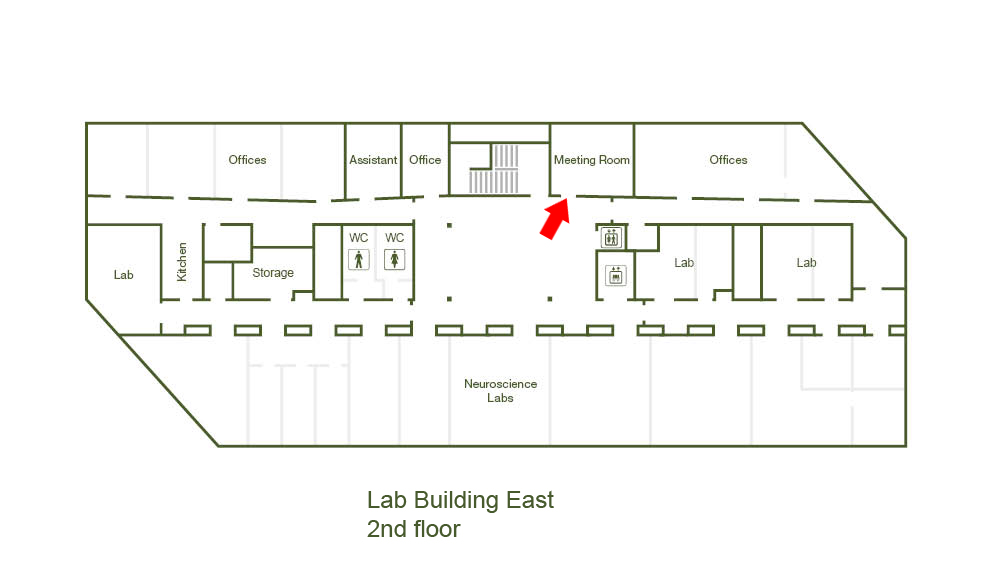Impact of Topographic Stimuli on the Biology of Mesenchymal and Induced Pluripotent S
Date
Monday, January 30, 2017 11:00 - 12:00
Speaker
Giulio Abagnale (University Hospital RWTH Aachen)
Location
Meeting room 3rd floor / Lab Bldg East (I06.03.211)
Series
Seminar/Talk
Tags
Life Sciences Seminar
Host
Johann Georg Danzl
Contact

Mechanical stimuli are an integrant component of the microenvironment controlling the differentiation and self-renewal of stem cells; nonetheless, it is still not fully understood how such cues can regulate stem cell functions and drive their fate. We investigated the impact of various types of groove-ridge substrates on the behavior of mesenchymal stem cells (MSCs) and induced pluripotent stem cells (iPSCs). To this purpose, we employed different micro- and nanofabrication approaches to generate defined patterns on the surface of a plastic polymer. We then assessed how such topographic cues modulate various aspects of the biology of MSCs and iPSCs through the use of confocal microscopy, image analysis tools and genome wide gene expression profiles. Our results show that both micro- and nanogrooved biomaterials induced the elongation of MSCs, affected the size and number of focal adhesions and guided their migration. Furthermore, specific substrates were able to favor the differentiation of MSCs toward adipogenic or osteogenic lineage. With regards to iPSCs, nanostructured materials elicited an increase in the aspect ratio of both single cells and colonies by guiding the orientation of actin fibers and the polarity of cell division. Morphological changes of iPSCs were reflected in the spatial distribution of pluripotency markers, moreover elongated colonies showed increased differentiation upon BMP4 treatment. Finally, we elucidated the role that mechanotransducers like YAP and TAZ play in mediating these phenotypes and described novel shuttling dynamics and molecular interactions of such transcription factors. Taken together these findings shed new light on how surface topography controls crucial molecular processes and orchestrates the overall architecture of cells and tissues.